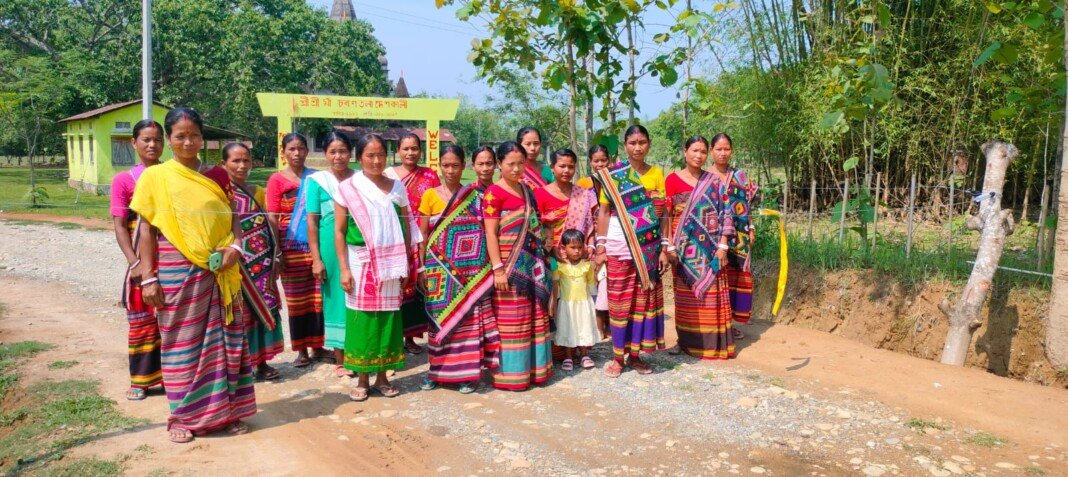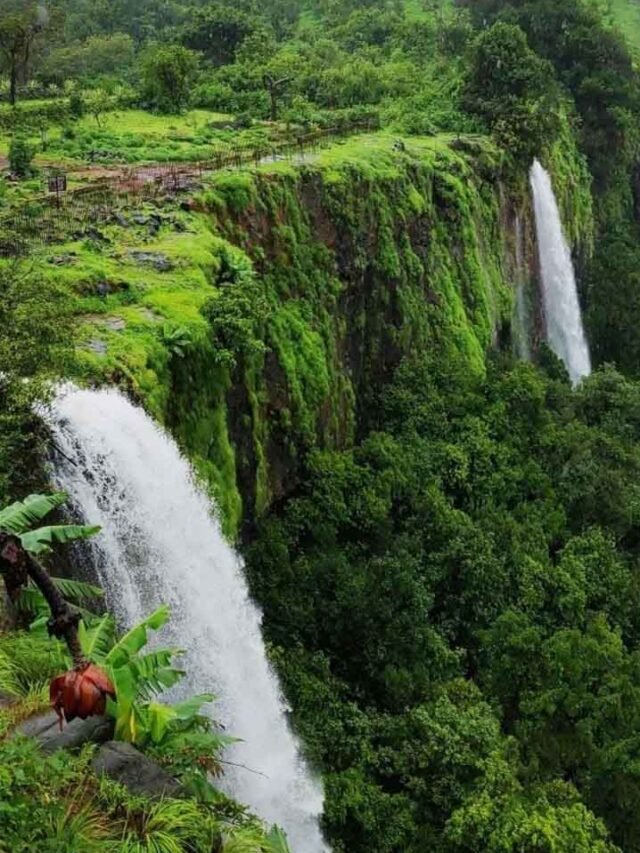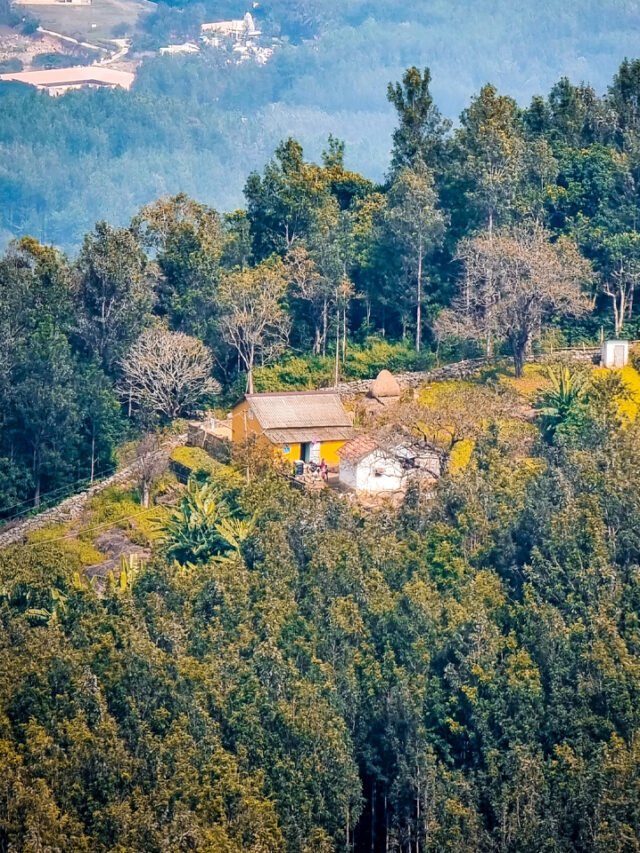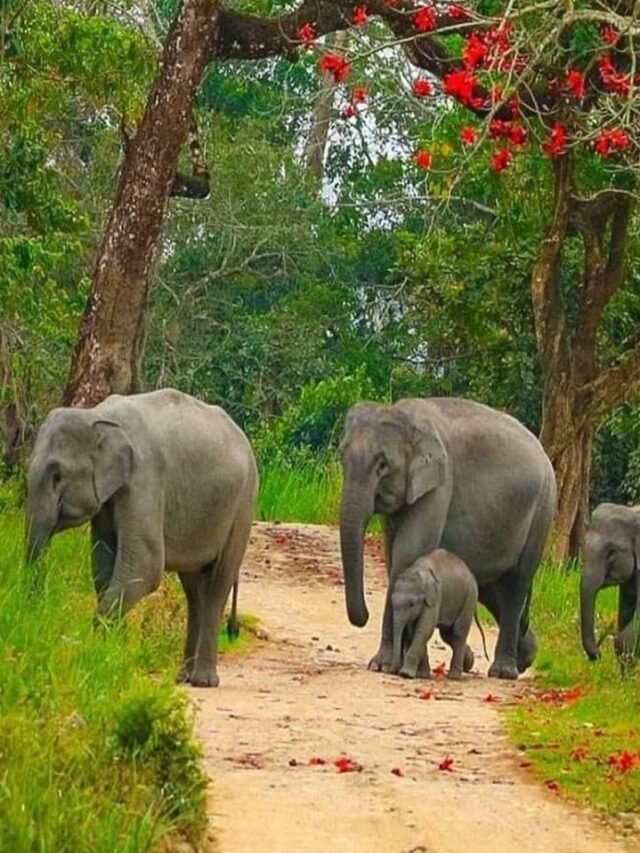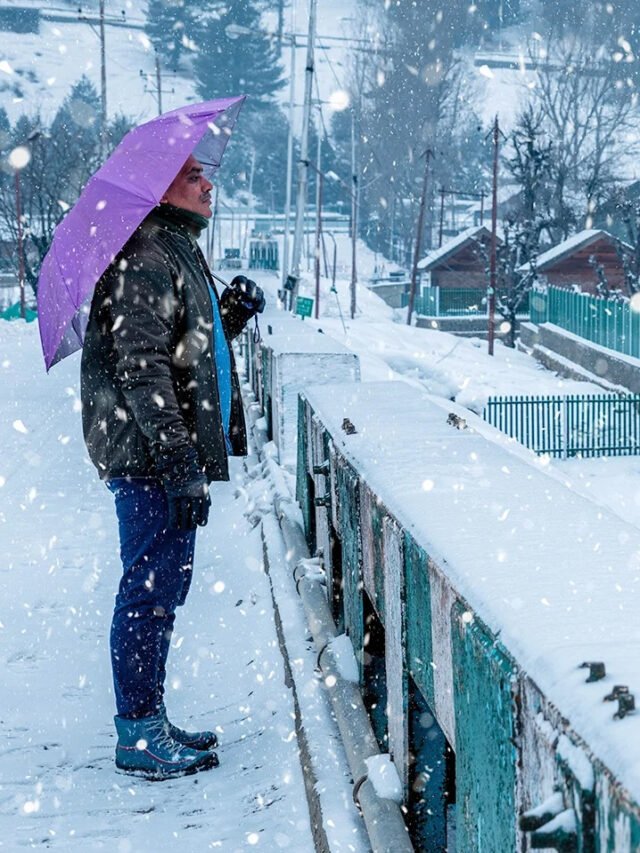HT Bureau
GUWAHATI, May 29: “This single-strand solar-powered fence that now shields our village and residences from wild elephants has given us a new lease of life and a whiff of prosperity after a prolonged period of mental agony and threat to our very existence. This fence is nothing less than the lifeline for villagers here,” said Kingish Koch, a mother of two young daughters and a leading woman in remote Besorkona Kochpara hamlet in Goalpara district.
The innocuous-looking wire held horizontally high above the ground by posts of tree stems has brought smiles back to the faces of residents of the remote village.
The women of the villages used to be severely affected by an unrelenting traumatic atmosphere because of the raging human-elephant conflict (HEC) phenomenon gripping the residents. They were compelled to finish household chores, including cooking dinner, by sunset as no one knew what would befall them once the herd of wild elephants happened to enter the village after dusk.
Hell used to break loose on this village inhabited by the indigenous Koch community and located about 12 kilometers away from the sub-division headquarters at Lakhipur in Goalpara district when wild elephants entered the village at nightfall, raiding household after household in search of food.
As the menfolk got busy trying to chase the elephants away, if possible, the women had to gather their children and the elderly in the household and run for safety, if any.
“Some of the women of the village like Kingis Koch, Nilima Koch, Menoka Koch, Pimila Koch took the lead along with the male counterparts of the villages in installing this low-cost solar fence under the guidance of Aaranyak’s technical team led by Anjan Baruah. These women villagers, numbering about 18, even carried heavy tree-stem posts on their shoulders to help install the fence,” said a grateful Dr Bibhuti Prasad Lahkar, the head scientist of the elephant research and conservation division of Aaranyak.
Biodiversity conservation organisation Aaranyak, with support from USFWS and Goalpara Territorial Division of state Forest department, installed a 2.5 km long single-strand solar fence in April this year to protect Besorkona and No 1 Pukhuripara villages as part of its sustained efforts for mitigation of HEC and facilitation of coexistence. The length of the fence around Besorkona hamlet is 1.6 km.
“The low-cost solar fencing, which we now call our lifeline, not only protects our lives and homes but has empowered all the women in the village who now carry on with their vocations of choice besides the routine household chores without any fear. We can now work freely in our horticulture homesteads and weave clothes, look after the children’s health and education, thereby contributing substantially towards the improvement of household economic conditions,” said Kingis Koch.
Another leading village woman, Nilima Koch, said the women of the village who used to spend sleepless nights in a raging HEC situation could very well realise how our life would be changed for the better by this solar fence and hence we worked along with our menfolk to help install the solar fence.
“It has been such a peaceful life for us since the installation of the solar fence in April this year as if we got our life back. We can now eat, sleep, and work at peace. The women in the villages have started laughing once again, their health too has improved and trauma has gone. When the woman laughs the entire family laughs,” said Menoka Koch with a radiant smile.
The religious and cultural activities in the village have also resumed in the right spirit as the hub of these activities, the village Kali Temple, has now been made out of reach for wild elephants because of the solar fence.


